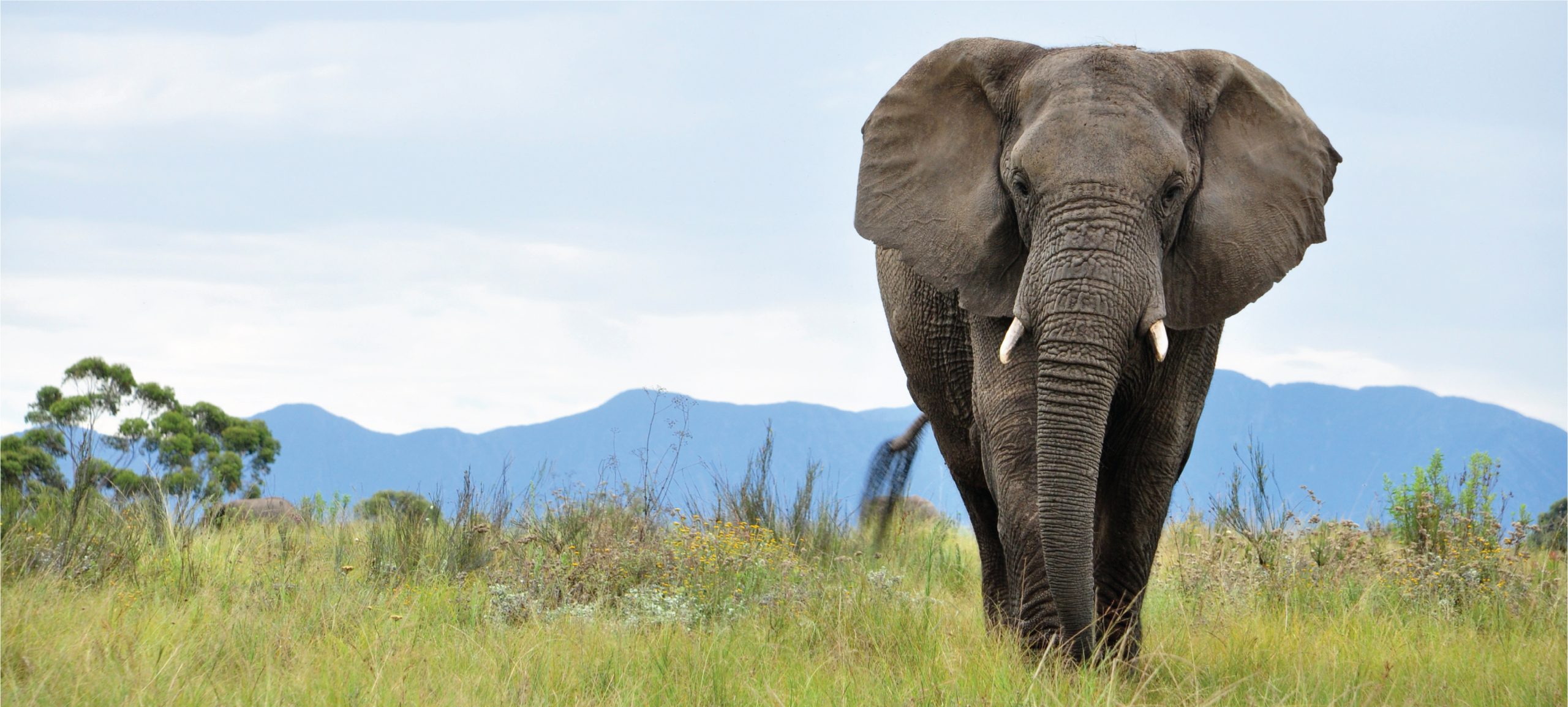-

Ooldea Dunnart
Discover the Ooldea Dunnart (Sminthopsis ooldea), a small, nocturnal marsupial endemic to Australia’s arid regions. With its agile movements, striking adaptations for survival in harsh environments, and role as both predator and prey, this fascinating species showcases the rich biodiversity of its habitat. Learn about its unique features, ecological significance, and the conservation efforts needed…
-

Gray-bellied Dunnart
Explore the intriguing world of the Gray-bellied Dunnart (Sminthopsis griseoventer), a small, nocturnal marsupial native to Australia, renowned for its distinctive gray belly and agile movements. This comprehensive overview delves into its physical characteristics, behaviors, and ecological roles, highlighting its importance in maintaining biodiversity and the challenges it faces in the wild. Discover fascinating facts…
-

Gilbert’s Dunnart
Discover the remarkable Gilbert’s Dunnart (Sminthopsis gilberti), a small, nocturnal marsupial native to Australia that plays a crucial role in its ecosystem. Measuring only 80-90 mm in length, these agile insectivores are adept at camouflage and thrive in southwestern Australia’s woodlands and shrublands. While their conservation status is currently listed as Least Concern, habitat loss…
-

White-tailed Dunnart
Discover the White-tailed Dunnart (Sminthopsis granulipes), a small, nocturnal marsupial native to southwestern Australia, known for its distinctive white-tipped tail and granulated footpads. This agile predator plays a crucial role in controlling insect populations while navigating its dense, shrubby habitat with remarkable climbing abilities. Despite being listed as Least Concern, ongoing threats from habitat destruction…
-

Butler’s Dunnart
Explore the intriguing world of Butler’s Dunnart (Sminthopsis butleri), a small, nocturnal marsupial native to Australia’s arid landscapes. Discover its unique adaptations, including keen senses for hunting and a prehensile tail for agile movement, as well as its vital role in controlling insect populations. Learn about the conservation challenges this “Near Threatened” species faces and…
-

Fat-tailed Dunnart
Discover the fascinating world of the Fat-tailed Dunnart, a small, nocturnal marsupial native to Australia, known for its distinctive chubby tail that serves as a crucial energy reserve. These resilient creatures thrive in various habitats, playing a vital role in ecological balance while showcasing remarkable adaptations for survival. Explore their unique characteristics, behaviors, and conservation…
-

Little Long-tailed Dunnart
Discover the Little Long-tailed Dunnart (Sminthopsis dolichura), a remarkable Australian marsupial known for its agile movements and exceptional long tail. Thriving in various habitats, this insectivorous creature plays a vital role in its ecosystem as both a predator and prey, showcasing incredible adaptations that aid its survival. Learn more about its unique characteristics, behaviors, and…
-

Julia Creek Dunnart
Discover the intriguing Julia Creek Dunnart (Sminthopsis douglasi), a small, nocturnal marsupial native to Australia’s arid regions. With its unique physique, fascinating behaviors, and critical role in the ecosystem, this vulnerable species is vital for pest control and serves as a food source for larger predators. Join us in exploring the conservation efforts aimed at…
-

Froggatt’s Dunnart
Discover the remarkable Froggatt’s Dunnart (Sminthopsis froggatti), a small yet vital nocturnal marsupial thriving in Australia’s arid landscapes. With its distinctive features and agile hunting skills, this insectivorous predator plays a crucial role in maintaining ecological balance while showcasing incredible adaptations for survival. Learn more about its behaviors, habitat, and the conservation challenges it faces…
-

Southern Ningaui
Discover the Southern Ningaui (Ningaui yvonneae), a tiny nocturnal marsupial thriving in the arid landscapes of southern Australia. With their remarkable adaptations, including excellent camouflage and agility, these diminutive creatures play a vital role in maintaining ecological balance as insectivores. Learn about their unique behaviors, habitats, and conservation status in this fascinating exploration of one…
Search
Popular Posts
-
Hemidactylus tamhiniensis
Discover the Hemidactylus tamhiniensis, also known as the Tamhini gecko, a nocturnal reptile native to the rich ecosystems of the Tamhini Ghats in India. Measuring 7 to 10 cm, this insectivorous gecko features a slender body with rough, mottled skin for excellent camouflage, playing a vital role in controlling pest populations within its habitat.
-
Hemidactylus sushilduttai
Discover the unique Hemidactylus sushilduttai, a vulnerable gecko native to the lush rainforests of India’s Western Ghats, known for its robust body, large bulging eyes, and exceptional climbing abilities. This nocturnal insectivore plays a crucial role in controlling insect populations and maintaining ecological balance within its habitat.
-
Hemidactylus stejnegeri
Hemidactylus stejnegeri, or Stejneger’s House Gecko, is a nocturnal insectivore found in tropical and urban habitats across Southeast Asia, known for its striking large eyes, adhesive toe pads, and remarkable climbing ability. Typically measuring 10 to 15 cm, this adaptable species plays a key role in controlling insect populations while displaying unique social behaviors and…
Categories
Tags
animal adaptations (816) animal behavior (4836) animal reproduction (812) behavior (919) biodiversity (7295) conservation (1670) conservation efforts (1588) conservation status (5149) diet (2099) echolocation (822) ecological balance (1736) ecological role (1582) ecology (794) ecosystem (1468) ecosystem role (2747) ecosystem roles (720) endangered species (2450) environmental conservation (745) habitat (3258) habitat conservation (990) Habitat Destruction (1164) habitat loss (3132) insectivorous reptiles (783) IUCN Red List (1623) lizard reproduction (742) nocturnal animals (2722) nocturnal behavior (2394) nocturnal reptiles (819) physical characteristics (2009) reproduction (2869) reptile behavior (742) reptile conservation (1082) reptile reproduction (768) rodent species (1325) seed dispersal (2089) Seed Disperser (963) small mammals (1166) snake diet (804) snake reproduction (860) South America (794) tropical forests (942) Vulnerable Species (4616) wildlife (2508) wildlife conservation (4874) wildlife protection (907)




